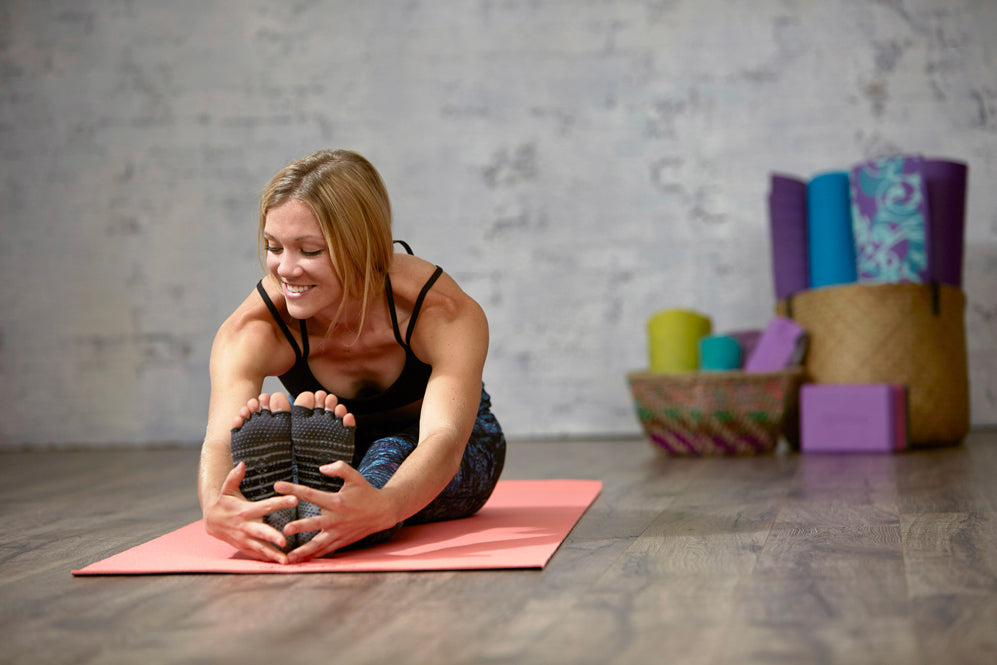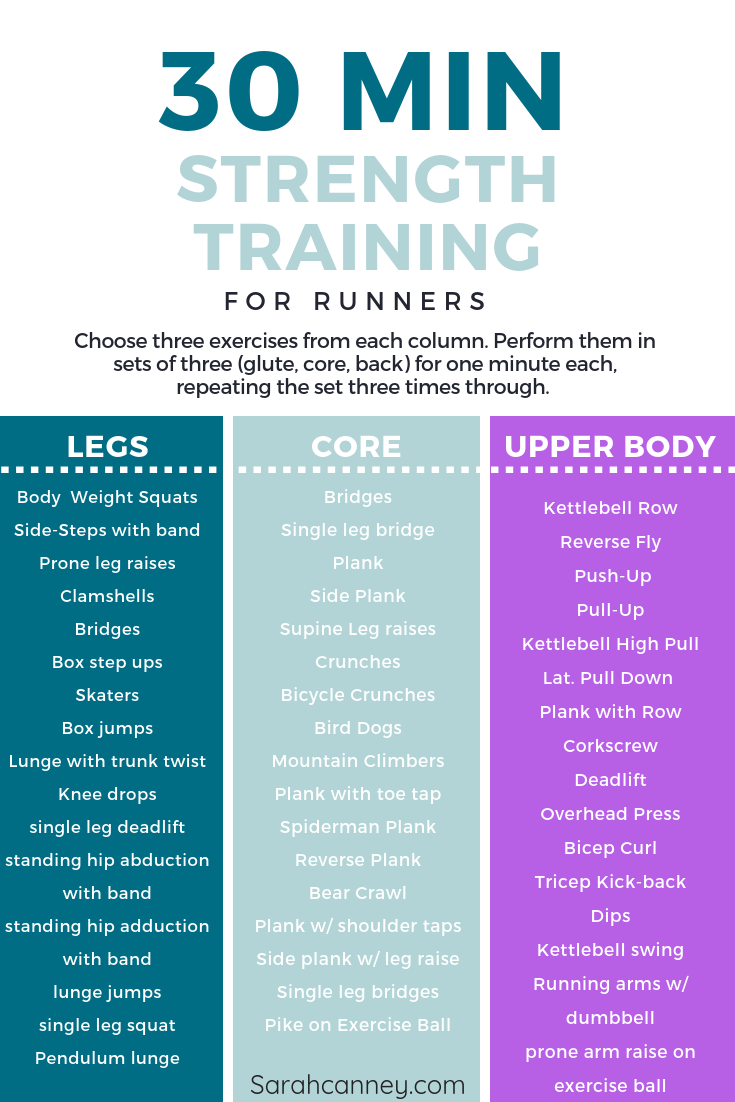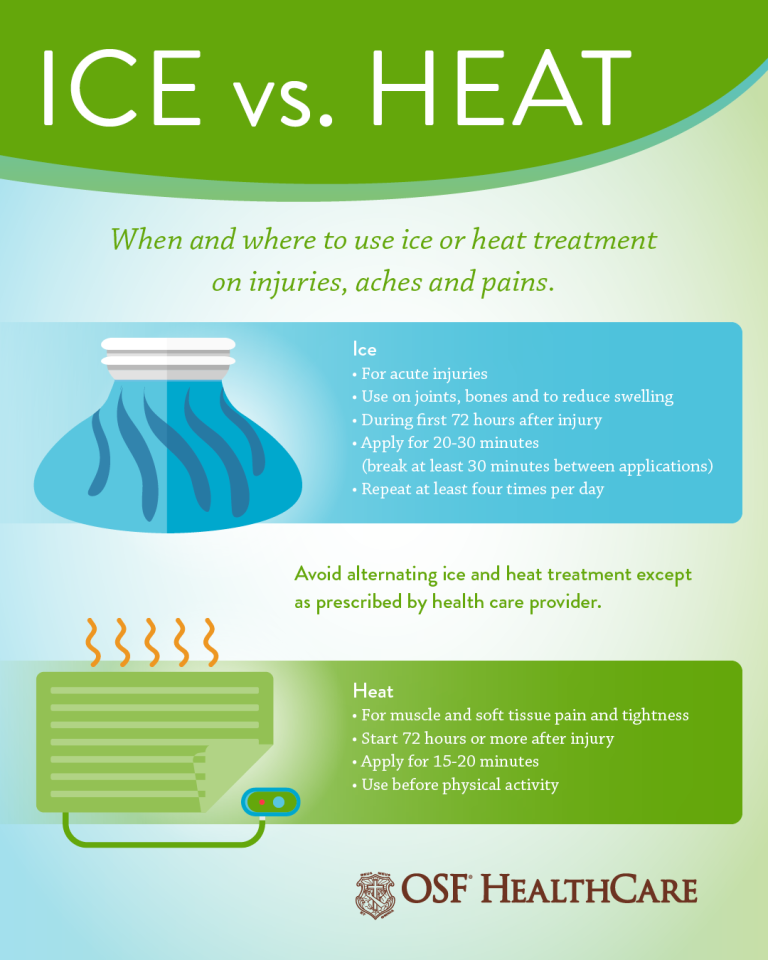Can You Stretch Too Much?
Yes, you can stretch too much, which can lead to overuse injuries and muscle strain. However, it is important to strike a balance and listen to your body’s signals during stretching exercises.
Stretching should be done in moderation to avoid potential injuries and promote optimal muscle function. Engaging in appropriate warm-up activities before stretching, focusing on proper technique, and gradually increasing the intensity of the stretches can help prevent overstretching. Following a well-rounded stretching routine that includes various types of stretches for different muscle groups can also contribute to overall flexibility and reduce the risk of overstretching.
Remember that quality, not quantity, is key when it comes to stretching for health and fitness benefits.

Credit: upreachcrossfit.com
The Benefits Of Stretching
Incorporating stretching into your daily routine offers numerous benefits that can enhance your overall well-being. From improving flexibility to enhancing range of motion, stretching has the potential to positively impact your physical health and performance.
Improves Flexibility
Regular stretching helps to increase flexibility by elongating the muscles and improving their elasticity. This can contribute to better posture, reduced risk of injury, and enhanced athletic performance.
Enhances Range Of Motion
Stretching exercises can also help to enhance your range of motion, allowing you to move more freely and comfortably. This can be particularly beneficial for activities that require flexibility, such as dancing, yoga, or certain sports.

Credit: yogapractice.com
Understanding Overstretching
What Is Overstretching?
Overstretching occurs when the muscles are pushed beyond their normal range of motion.
It can lead to injury or muscle damage if not done properly.
Recognizing The Signs Of Overstretching
- Muscle soreness that lasts longer than usual after stretching
- Feeling of instability or weakness in the stretched muscle
- Sharp pain during or after stretching
- Decreased range of motion in the affected muscle
The Risks Of Overstretching
Stretching is crucial for flexibility and mobility but overstretching can lead to potential risks.
Muscle Strains And Tears
Excessive stretching without proper warm-up can result in muscle strains or tears.
Joint Instability
Overstretching can cause joint instability, increasing the risk of injuries.

Credit: www.yogaru.ie
Finding The Balance
When it comes to stretching, finding the right balance is crucial. Can you stretch too much? It’s a common question, and the answer lies in understanding your body and employing proper techniques. Let’s explore this delicate equilibrium further.
Listening To Your Body
Our bodies are remarkably adept at communicating their needs, and it’s vital to listen attentively. Paying attention to your body’s signals during stretching is essential. If you experience sharp pain or discomfort, it might be a sign that you are pushing too far. Similarly, if a stretch feels effortless, increasing the intensity can yield better results. Understanding and responding to these cues is key to striking the right balance.
Using Proper Stretching Techniques
Utilizing correct stretching methods is instrumental in preventing over-stretching. Employing dynamic and static stretches targeted at specific muscle groups, and ensuring correct form can minimize the risk of overdoing it. Additionally, maintaining a slow and controlled pace during stretches allows your muscles to adapt gradually, reducing the likelihood of strain or injury. These practices are crucial for finding the balance between effective stretching and over-stretching.
Tailoring Your Stretching Routine
Stretching is a key component of any fitness routine, providing numerous benefits such as improved flexibility, enhanced range of motion, and reduced muscle soreness. However, it’s essential to tailor your stretching routine to suit your individual needs. By personalizing your stretches, considering your body’s unique requirements, you can optimize the effectiveness of your routine and avoid potential risks. So, how can you ensure that your stretching routine caters to your body’s specific needs? Let’s find out!
Personalizing Your Stretching Routine
When it comes to stretching, one size definitely does not fit all. Each person’s body is different, and what works for one individual may not work for another. That’s why it’s crucial to personalize your stretching routine to target areas that require attention. Here are a few ways you can personalize your stretches:
1. Focus on your specific areas of tightness or stiffness.
Identify the specific muscle groups that feel tight or stiff. For example, if you experience tightness in your hamstrings, include a variety of hamstring stretches in your routine. By focusing on your problem areas, you can give them the attention they need.
2. Consider your activity or sport of choice.
Different physical activities and sports place specific demands on the body. If you’re a runner, prioritize stretches that target your legs and hips to improve your running performance and reduce the risk of injury. If you enjoy weightlifting, concentrate on stretches that enhance flexibility in your upper body.
3. Assess your flexibility level.
Take a moment to evaluate your current flexibility level. If you’re naturally flexible, you may be able to incorporate more advanced stretches into your routine. On the other hand, if you struggle with flexibility, start with beginner-friendly stretches and gradually progress. Tailoring your routine to your flexibility level ensures that you challenge yourself without pushing too hard.
When To Seek Professional Guidance
While personalizing your stretching routine is essential, there may be instances where seeking professional guidance is necessary. Professional guidance can help ensure that you are stretching correctly and safely. Consider reaching out to professionals in the following situations:
1. If you have a pre-existing medical condition or injury.
If you have a medical condition or a history of injury, it’s wise to consult with a healthcare provider or a qualified fitness professional. They can provide tailored stretching recommendations that accommodate your condition or help you rehabilitate your injury safely.
2. When experiencing persistent pain or discomfort.
If you experience chronic pain or discomfort during or after stretching, it’s important not to ignore it. Seeking guidance from a healthcare professional can help identify any underlying issues and determine the best course of action.
3. If you’re unsure about the correct stretching techniques.
If you’re new to stretching or unsure about the proper techniques, consider working with a certified personal trainer or attending a stretching class. They can guide you on proper form, technique, and alignment, ensuring that you maximize the benefits of each stretch while minimizing the risk of injury.
Remember, personalizing your stretching routine and seeking professional guidance when needed are crucial steps in ensuring a safe and effective stretching practice. By tailoring your routine to your body’s unique needs and seeking assistance when necessary, you can make the most out of your stretching exercises and maintain a healthy, flexible body.
Frequently Asked Questions On Can You Stretch Too Much?
Can Stretching Too Much Be Harmful To Your Body?
Stretching too much can lead to muscle strains, ligament sprains, and joint instability. Listen to your body’s limits.
Is It Possible To Overstretch Your Muscles?
Yes, overstretching muscles can cause micro-tears, resulting in pain and reduced muscle strength. Warm-up and stretch within your comfort zone.
Can Excessive Stretching Cause Muscle Imbalances?
Excessive stretching without strengthening can create muscle imbalances, leading to postural issues and increased risk of injury. Strive for a balanced stretching routine.
Conclusion
It’s important to find a balance in your stretching routine. Consulting with a fitness professional can help personalize your stretching plan. Avoiding overstretching and listening to your body’s signals is crucial for preventing injury. Remember, moderation is key when it comes to stretching!




